Search
Search Results
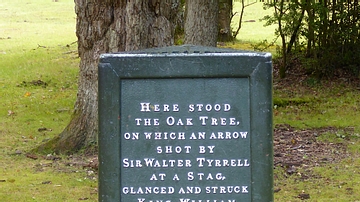
Image
Rufus Stone, New Forest
The Rufus stone (now a metal plaque) which marks the spot in the New Forest, England where William II of England (r. 1087-1100 CE) died in a hunting accident.
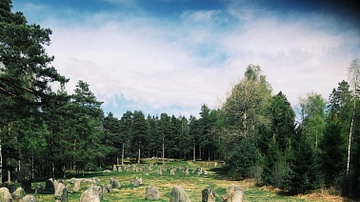
Image
Stone Circles at The Hunnfelt
View of the nine stone circles at The Hunnfelt in Østfold, Norway. Dating from c. 500 BCE to c. 900 CE.
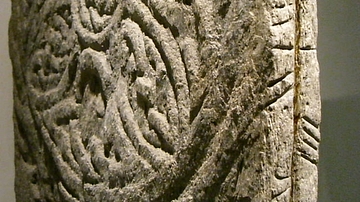
Image
Ogham Stone
Ogham writing on standing stone, seen on the right-hand side of the picture.
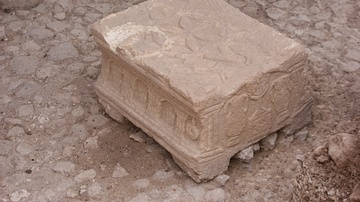
Image
Magdala Stone
Carved stone found in the Magdala's synagogue.
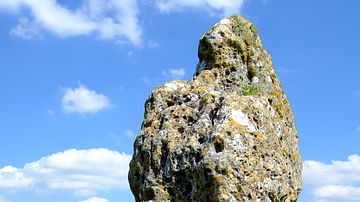
Image
King Stone, Rollright Stones
Part of the Rollright Stones complex, the King Stone is a solitary weathered monolith dated to 2nd millennium BCE.
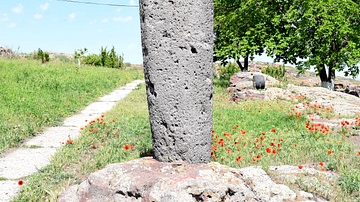
Image
Vishap Stone at Metsamor, Armenia
This Vishap stone (or "Vishapakar" in Armenian) dates from prehistoric times and sits just in front of the Metsamor Historical-Archaeological Museum-Reserve in Taronik, Armenia. Vishap stones or "serpent stones" are menhirs found across Armenia...
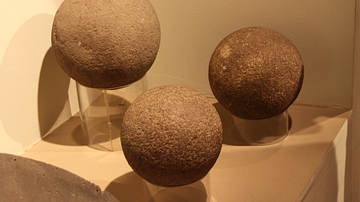
Image
Stone Spheres
Stone Spheres, Jade Museum, San Jose, Costa Rica.
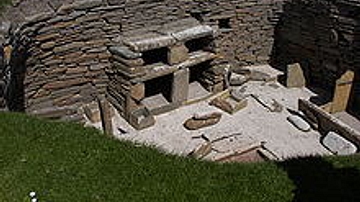
Image
Stone furnishings of a house
The houses at Skara Brae all feature home furnishings made from stone. This photo shows a stone cupboard/dresser, stone beds and chairs, and grinding stones as well as other household tools of the time.
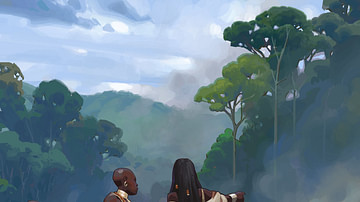
Definition
Bantu Migration
The Bantu migration from their origins in southern West Africa saw a gradual population movement sweep through the central, eastern, and southern parts of the continent starting in the mid-2nd millennium BCE and finally ending before 1500...
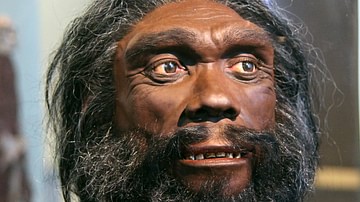
Definition
Homo Heidelbergensis
Homo heidelbergensis is an extinct species of human that is identified in both Africa and western Eurasia from roughly 700,000 years ago onwards until around 200,000 years ago – fitting snugly within the Middle Pleistocene. Named for a piece...